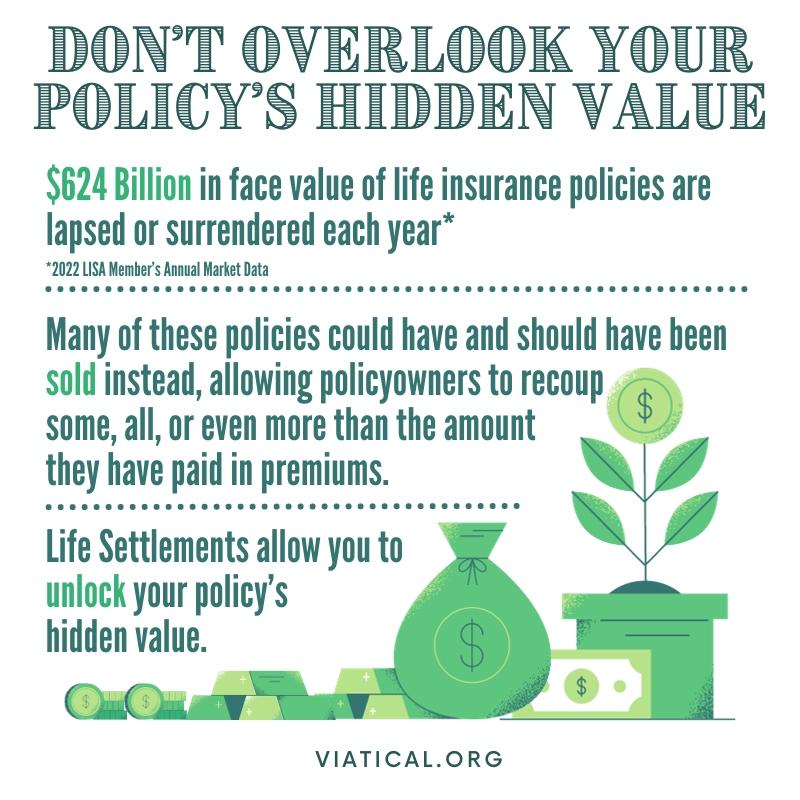In the complex landscape of insurance, where policyholders entrust their financial security to the promises of coverage, the question of fairness in claim payouts emerges as a critical concern. As individuals and businesses alike rely on insurance to safeguard against unforeseen events, the integrity of the claims process becomes paramount. Yet, an unsettling narrative persists: are insurance companies truly honoring their commitments, or are they strategically lowballing customers to protect their bottom line? This article delves into the intricate dynamics of insurance claim payouts, offering a comprehensive examination of industry practices, regulatory frameworks, and the real-life experiences of policyholders. By scrutinizing these elements, we aim to equip readers with a nuanced understanding of whether the payouts they receive are equitable or if they fall prey to systematic undervaluation.
Understanding the Insurance Claims Process and Common Practices
Navigating the insurance claims process can be a complex endeavor, filled with industry-specific terminology and procedures that often leave policyholders feeling overwhelmed. Insurance companies are tasked with balancing their financial responsibilities with the need to provide fair compensation to their clients. Understanding the steps involved can empower claimants to advocate for themselves effectively. Typically, the process begins with reporting the incident and documenting all relevant details. This is followed by an investigation, where the insurance company assesses the damage and determines the payout.
However, there are common practices in the industry that may impact the perceived fairness of these payouts. Some of these practices include:
- Depreciation Calculations: Insurers often factor in depreciation, which can significantly reduce the payout amount.
- Policy Exclusions: Certain damages may not be covered, leading to unexpected out-of-pocket expenses.
- Settlement Negotiations: Initial offers are sometimes lower than expected, requiring negotiation for a more equitable settlement.
Being aware of these practices and maintaining meticulous records can help policyholders ensure they receive a fair settlement.

Analyzing Payout Discrepancies: Are Insurers Shortchanging Policyholders
Understanding the nuances of insurance payouts is crucial for policyholders aiming to receive what they rightfully deserve. Payout discrepancies can arise from various factors, often leading to disputes between insurers and claimants. It’s essential to scrutinize whether these variances stem from genuine assessment errors or if they indicate a pattern of undervaluing claims to enhance company profits. Policyholders should be aware of the common practices that might contribute to these discrepancies, such as:
- Complex Policy Language: The use of ambiguous terms can lead to different interpretations, affecting the payout amounts.
- Depreciation Calculations: Insurers may apply depreciation rates that significantly reduce the payout, especially for older items.
- Dispute Over Damage Extent: Assessing the extent of damage can be subjective, and disagreements can result in lower settlements.
Policyholders must equip themselves with knowledge and assert their rights to ensure fair compensation. By thoroughly reviewing their policy terms and engaging in transparent communication with their insurer, they can better navigate the claims process and potentially rectify any unfair payout discrepancies.

Evaluating the Fairness of Insurance Settlements: Key Indicators and Red Flags
In the labyrinth of insurance settlements, distinguishing a fair payout from a lowball offer can be challenging. Key indicators of a fair settlement often include a transparent claims process, where insurers provide clear explanations and justifications for their offers. Comprehensive documentation from the insurer, reflecting a thorough investigation of the claim, is another positive sign. On the other hand, delays in communication or inconsistent information from the insurance company might suggest that the settlement is less than equitable.
Be wary of red flags that indicate lowballing tactics. Unexplained deductions from your claim, pressure to settle quickly, or an offer that doesn’t cover all documented damages are significant warning signs. Additionally, if an insurer is hesitant to provide a detailed breakdown of their offer, it might be time to question the fairness of the settlement. Remember, understanding these indicators can empower policyholders to negotiate effectively and ensure they receive the compensation they rightfully deserve.

Strategies for Negotiating Better Insurance Claim Settlements
Successfully negotiating an insurance claim settlement requires a strategic approach that involves preparation and understanding of your policy. First, thoroughly review your policy to know the specific coverage, exclusions, and limits. This knowledge empowers you to counter any lowball offers with confidence. Document everything related to your claim meticulously, including photos, receipts, and any correspondence with the insurance company. This documentation serves as critical evidence to support your claim and dispute any discrepancies.
- Engage a Professional: Consider hiring a public adjuster or attorney if negotiations stall. Their expertise can help leverage your position and ensure a fair settlement.
- Communicate Effectively: Maintain clear and professional communication with your insurance adjuster. Be concise, stick to the facts, and avoid emotional appeals.
- Be Persistent: Insurance companies may initially offer lower settlements hoping for quick resolution. Be prepared to negotiate and push back, presenting your evidence clearly.

